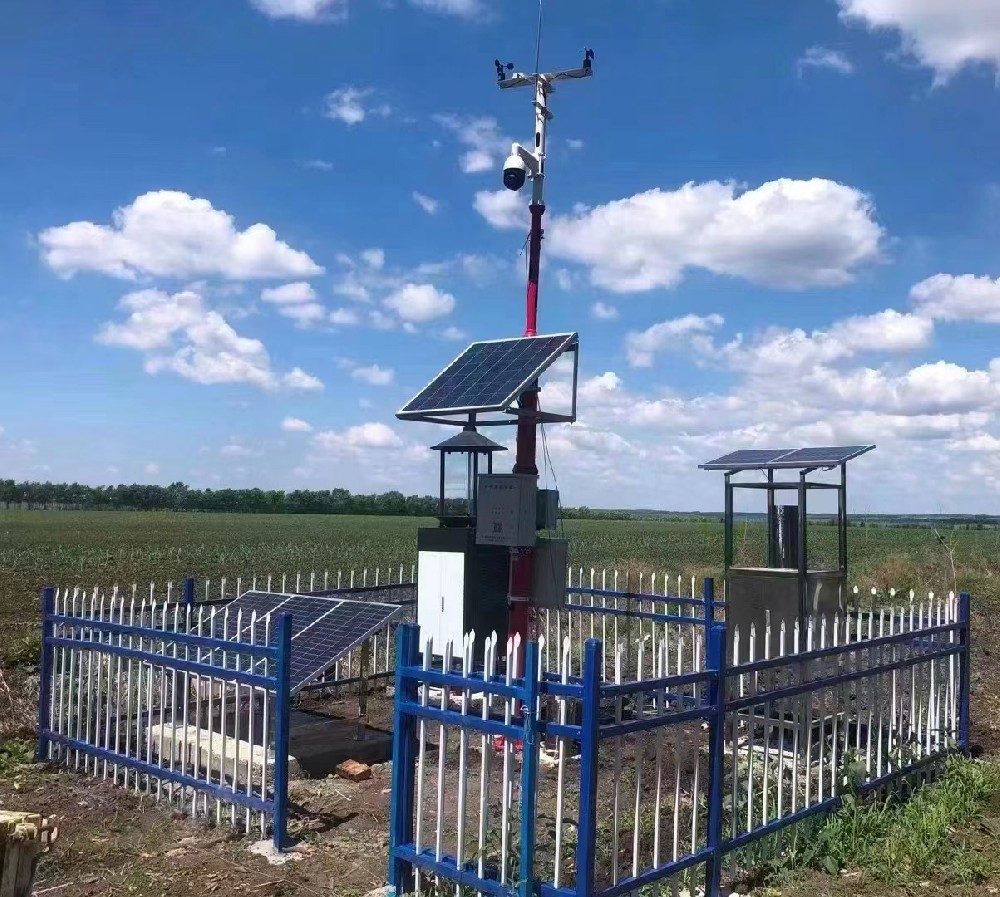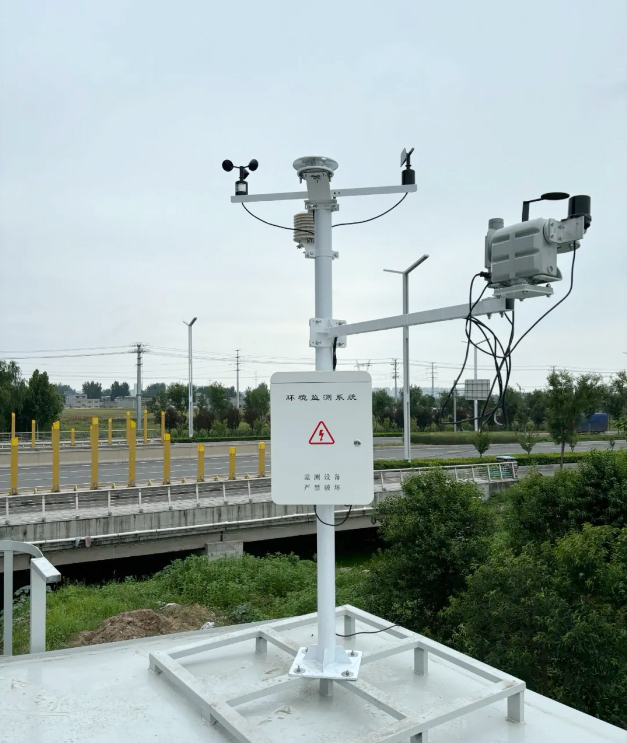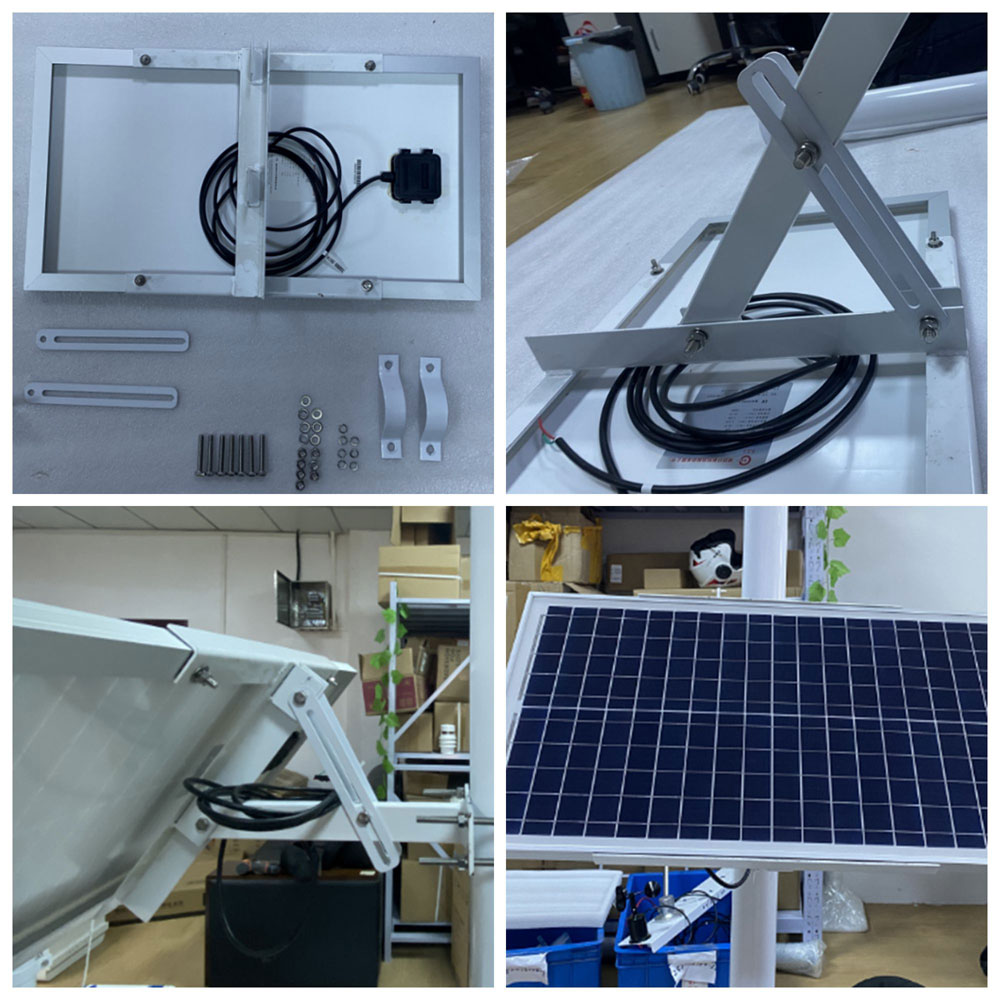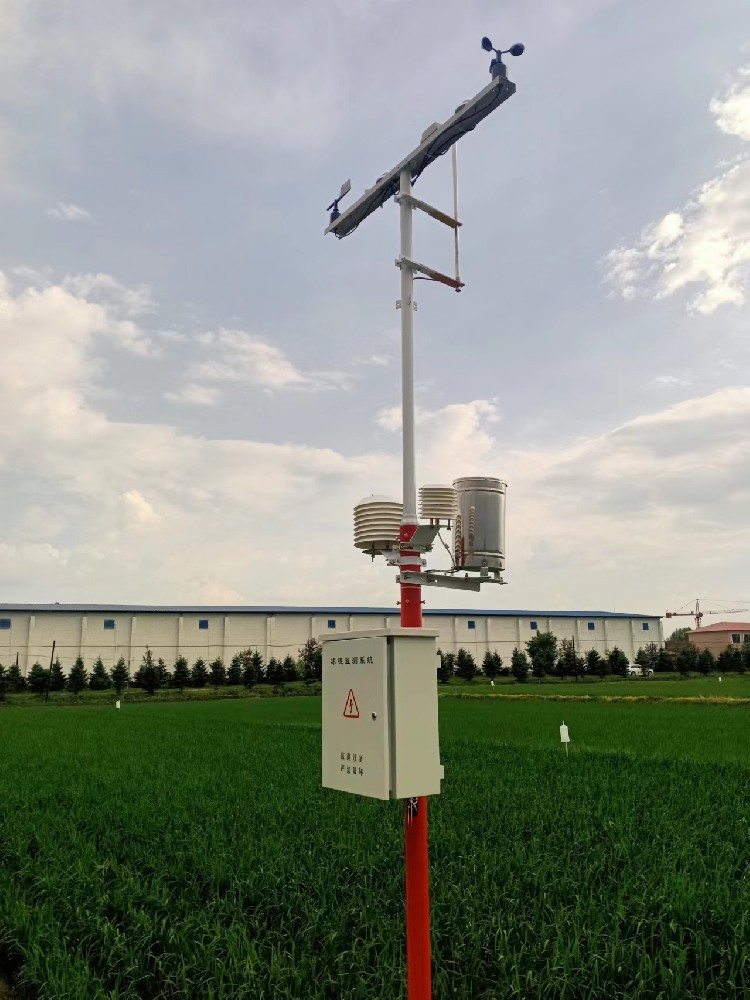

— Blogs —
—Products—
 Consumer hotline +8618073152920
Consumer hotline +8618073152920 WhatsApp:+8615367865107
Address:Room 102, District D, Houhu Industrial Park, Yuelu District, Changsha City, Hunan Province, China
Product knowledge
Time:2024-11-24 15:56:23 Popularity:1693
Automatic weather stations, as essential instruments for outdoor environmental monitoring, play a crucial role in ensuring the reliability of meteorological data. Given their operation in open-air conditions, they are subject to harsh natural elements, making regular inspections and maintenance particularly important. Below is a comprehensive guide for maintenance and fault prevention, designed to help users minimize failures and extend the equipment's lifespan.
- Post-severe weather checks: After thunderstorms, strong winds, sandstorms, hail, extreme temperatures, or heavy fog, immediately inspect the support structure of the automatic weather station. Ensure all connecting parts are tight and secure, and that the structure is stable to prevent physical damage or sensor displacement, which could affect data accuracy.
- Regular tightening and reinforcement: Develop a regular tightening schedule based on the operating environment and frequency. Strengthen the support and connection points, particularly focusing on vulnerable areas like the junction between the support and the ground.
- Install lightning protection devices: In areas prone to frequent lightning, install an effective lightning protection system and ensure proper grounding. Periodically check the integrity of the lightning protection system to ensure safety.
- Grounding resistance testing: Regularly test the grounding resistance of the weather station to ensure the lightning protection system works effectively.

- Data monitoring: Continuously monitor the output data from the sensors. Any abnormal fluctuations should be investigated. Regularly compare the data with standard meteorological measurements and contact the manufacturer for recalibration when necessary to ensure accuracy.
- Regular calibration: Based on the type of sensor and its usage, establish a regular calibration schedule. Use standard instruments to calibrate the sensors and ensure their measurement accuracy and precision.
- Temperature and humidity sensors: Keep sensors clean and prevent moisture buildup, especially during humid or rainy seasons.
- Wind speed and direction sensors: Ensure rotating components move smoothly and clear any potential obstructions such as dust or small animals nesting.
1. Power off and prepare: Disconnect the rain gauge from the data transmission system and prepare cleaning tools such as soft brushes, cotton swabs, clean water, and mild detergent.
2. External cleaning: Use a soft brush to gently remove dust and debris from the rain gauge's outer cylinder and collection container. For hard-to-reach areas, use cotton swabs to clean carefully without damaging the instrument.
3. Internal cleaning:
- Tipping bucket and funnel: Focus on cleaning the tipping bucket and funnel. Use cotton swabs or a soft brush to remove dust inside the tipping bucket and ensure smooth tipping.
- Flow control tube check: Inspect the flow control tube for spider webs or debris, and clean with water if necessary, ensuring it is dry afterward.
4. Filters and channels: Inspect and clean the filter. If clogged, gently rinse it with water to ensure unobstructed water flow. Use a slender tool (such as a soft plastic stick) to remove debris from the funnel channel, avoiding hard objects that could cause damage.
5. Tipping bucket position adjustment: Check the positioning screws of the tipping bucket to ensure no deformation or misalignment, which could affect accurate tipping.
6. Thorough flushing: For removable parts, clean thoroughly but ensure everything is completely dry before reassembling to prevent rust or moisture affecting measurements.
7. Recalibration: After cleaning, especially if any disassembly was performed, recalibrate the rain gauge to ensure accurate measurements. This typically involves a water drop test to verify the correct number of bucket tips for each millimeter of rainfall.
8. Dry reed switch inspection: Ensure the dry reed switch is not contaminated and functions properly, as blockages could affect its contact and response to the tipping mechanism.
9. Leveling and stability: After cleaning, recheck the rain gauge's level and stability to ensure objective measurements.
10. Record and maintain: Record the date and process after each cleaning to track maintenance history and detect potential issues early.

- Preparation in advance: Take additional protective measures, such as covering with protective shields, before extreme weather arrives to reduce direct exposure risks.
- Corrosion and rust prevention: Regularly apply rust-resistant coatings on metal parts, particularly in humid or salt-laden environments.
- Avoid obstructions: Install the weather station away from tall buildings, trees, or other obstructions that could interfere with sensor measurements. Ensure the station is placed in an area free from standing water or areas prone to lightning strikes.

- Battery checks: For weather stations powered by batteries, regularly check battery charge levels and performance. Replace batteries promptly when charge drops or performance weakens.
- Solar panel maintenance: For stations powered by solar panels, periodically clean the panel surfaces to remove dust and debris, ensuring maximum energy absorption. Also, check the solar panel connections for reliability.
- Communication line checks: Regularly inspect communication lines for damage or wear. Replace any cables that show signs of damage or aging. Ensure connections are secure and reliable.
- Communication module testing: Periodically test the weather station's communication module to ensure it is working correctly, allowing for accurate and timely data transmission to the data center or receiving terminal.

- Follow software updates: Keep an eye on software update notifications and follow the manufacturer’s recommendations for updates and upgrades. Updates can fix bugs, improve performance, and add new features.
- Backup and recovery: Regularly back up weather station data to prevent data loss. Ensure that methods for data backup and restoration are understood, allowing for quick recovery in case of a failure.
- Storage space check: Periodically check the storage capacity of the weather station’s data storage devices. If necessary, expand the storage or clean up unnecessary data files to free up space.
- Data integrity check: Regularly verify the integrity of the data stored by the weather station to ensure no data loss or corruption. If data anomalies or losses are detected, investigate and resolve the issue promptly.
1. Annual Maintenance of Automatic Weather Stations
- Comprehensive checks and maintenance: At least once a year, have a professional perform a full inspection and maintenance of the system, including sensor calibration and performance evaluations.
- Record maintenance activities: Document the date, content, and results of each maintenance activity. This helps track the station’s condition and identify potential issues early.
- Operation and maintenance training: Provide regular training for personnel operating and maintaining the weather station to ensure they understand its features, operation methods, and maintenance requirements.
- Safety training: Increase safety awareness by educating personnel about potential hazards associated with operating the weather station, including lightning risks and proper handling techniques.
- Stay informed about industry trends: Keep up with the latest developments and technologies in meteorological monitoring. Learn from new techniques and adopt advanced methods to improve maintenance practices.
- Experience sharing: Exchange experiences with other weather station users to discuss maintenance issues and solutions. Sharing experiences can enhance the efficiency and quality of maintenance work.

By following these comprehensive maintenance strategies, automatic weather stations can operate efficiently under various weather conditions, while also extending their lifespan. This will provide reliable data support for scientific research, agriculture, public safety, water monitoring, meteorology, environmental monitoring, traffic management, and more. Remember, prevention is better than cure—regular maintenance and inspections are key to avoiding failures and ensuring accurate data. Let us all work together to ensure automatic weather stations remain in optimal working condition, contributing to sustainable development across society.
Automatic-Weather-Station(aws)Installation-Training-Manual.pdf
Prev:Automatic Weather Station Maintenance Guide
Next:Agricultural Meteorological Stations: Tools for Modern Agricultural Development
Related recommendations
Sensors & Weather Stations Catalog
Agriculture Sensors and Weather Stations Catalog-NiuBoL.pdf
Weather Stations Catalog-NiuBoL.pdf
Related products
 Combined air temperature and relative humidity sensor
Combined air temperature and relative humidity sensor Soil Moisture Temperature sensor for irrigation
Soil Moisture Temperature sensor for irrigation Soil pH sensor RS485 soil Testing instrument soil ph meter for agriculture
Soil pH sensor RS485 soil Testing instrument soil ph meter for agriculture Wind Speed sensor Output Modbus/RS485/Analog/0-5V/4-20mA
Wind Speed sensor Output Modbus/RS485/Analog/0-5V/4-20mA Tipping bucket rain gauge for weather monitoring auto rainfall sensor RS485/Outdoor/stainless steel
Tipping bucket rain gauge for weather monitoring auto rainfall sensor RS485/Outdoor/stainless steel Pyranometer Solar Radiation Sensor 4-20mA/RS485
Pyranometer Solar Radiation Sensor 4-20mA/RS485
Screenshot, WhatsApp to identify the QR code
WhatsApp number:+8615367865107
(Click on WhatsApp to copy and add friends)
